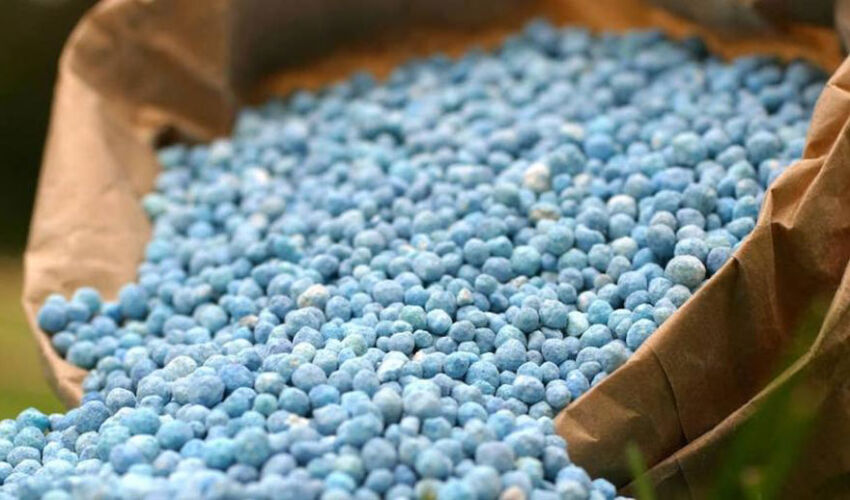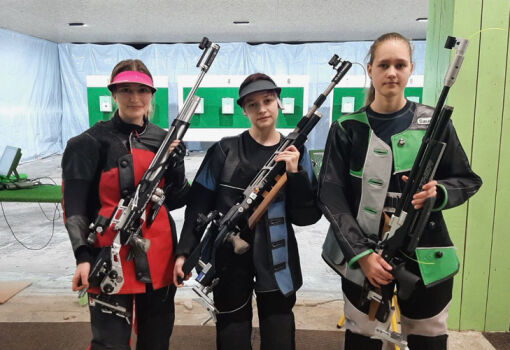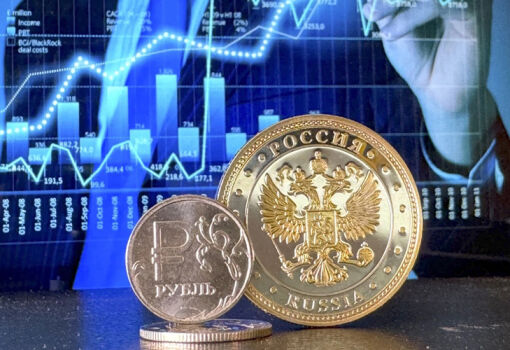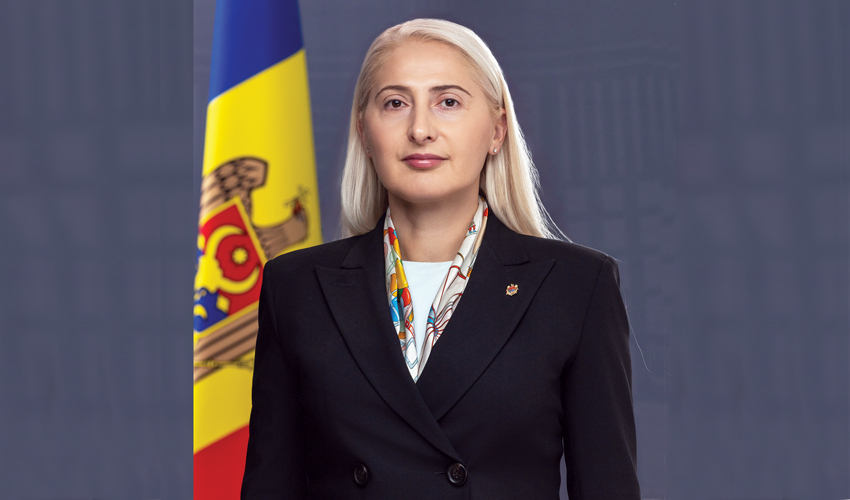
According to the research data of Iurie Rizhi, Chairman of Agrocereale Association, from January to March of this year, Moldova received about 43 thousand tons of bulk (granular) nitrogen fertilizers: about 20 thousand tons of ammonium nitrate, almost 19 thousand tons of urea/urea, as well as almost 4 thousand tons of NPK complex fertilizers. Compared to the data for the first quarter of 2024, imports of these products decreased by 20%, 50%, and 58%, respectively. At the same time, their prices increased by 5%, 6% and 55%.
According to operators of the Moldovan market of dry nitrogen fertilizers, the growth of prices for goods in this category is an important, but not the main factor in reducing the volume of supplies. The presence of commodity residues from the previous year also had an impact. But the most important reason is the fear of agricultural producers about potential drought in the current season. Last fall in Moldova was relatively normal – precipitation, although in undesirable heavy rain, fell. Many winter crops wintered well. Simple (not complex) nitrogen fertilizers were brought into the country to feed them.
On the other hand, for the full-fledged cultivation of nitrogen-philic crops of the second group, especially corn, the amount of fertilizers imported so far will be clearly insufficient. Obviously, farmers decided not to take risks – to wait and evaluate weather conditions on the eve and at the time of spring sowing. And also to save on the most expensive fertilizers – in case the crops will again suffer from the extreme summer drought.
At the same time, according to Dmitry Afanasiev, director of Fertistream-TRM SRL (one of the largest suppliers of mined fertilizers in the Republic of Moldova), the volume of orders and deliveries of nitrogen/complex liquid fertilizers (about 20-25 thousand tons per season) has not decreased. Prices remained at approximately the same level. This partly explains the current situation. However, the main factor of demand stability is that liquid fertilizers work better in drought. At least, they do not adsorb moisture from the soil (in the case of dry fertilizers, soil moisture is needed at least to soak the granule and not to cause stress in the plant from contact with concentrated fertilizer).
For the production of crops of the second group, “autumn cycle”, in the first quarter of 2025, the positive dynamics of imports of phosphate fertilizers – ammophos and sulphoammophos – remained. Thus, in January-March of this year, the volume of their imports exceeded 11 thousand tons, which is 26% more than in the same period of 2024 (almost 9 thousand tons). At the same time, the average invoice price was relatively stable, but slightly exceeded the annual average for 2024 – by 3.1%.
Assessing the dynamics of phosphate imports in RM, fertilizer market operators point to the significant fact that within this product group, the share of sulphoammophos supplies significantly exceeds the share of ammophos supplies. This is probably due to the fact that the latter is much more expensive.
The background is also relevant. In 2022, due to the multilevel international crisis, phosphate supplies to the RM declined sharply. Subsequently, however, phosphate imports, especially of relatively inexpensive types, recovered, thanks to price reductions that lasted until 2024. However, a rise in phosphate prices earlier this year is likely to change the trend in phosphate supplies.
According to Yuri Rizha, “in conditions of extremely limited financial opportunities, farmers in principle choose cheaper fertilizer options – per kilogram of active ingredient”.
Not all suppliers of mineral fertilizers fully agree with this conclusion. They specify that each product, especially complex fertilizers, has its own meaning and place in agro-technological schemes of plant nutrition. Not all products are interchangeable and reimbursable by others. In addition, in the current highly variable weather and climatic conditions, the cost of risk and agronomic mistakes is too high. Therefore, out of caution, many farmers agree to “forced savings”.













